Mechanical, automatic or manual heating temperature regulator for a battery: how to choose the right one?
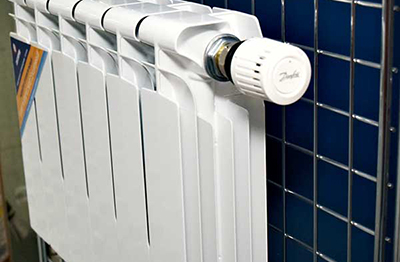
The task of any heating system is maintain a comfortable temperature level inside the premises.
In cases where the radiators are too hot, many apartment owners open the windows in winter, and this leads to the fact that thermal energy is wasted.
In this situation, thermostats come to the rescue, which are installed on radiators heating and allow you to maintain a constant comfortable temperature level in the house.
Types of heating temperature regulators for batteries
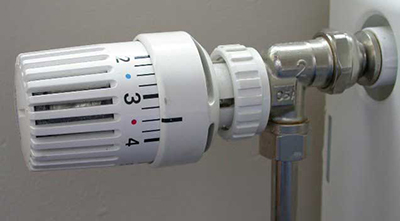
Shut-off devices are installed in front of the radiators. not only for regulating the flow of coolant temperatures, but also for security purposes.
If a leak occurs in the battery, it can be disconnected from the heating system in one second. In practice, shut-off and control devices of the following types:
Ball mechanical valve
It is used only to completely disconnect the radiator from the system, since its design provides only two positions: "open" and "closed"It is impossible to regulate the battery temperature with its help, since when the locking ball element is installed in an intermediate position, it eventually fails.
Smooth surface parts are scratched by solid particles that circulate in the system along with the coolant: suspended rust, scale and other foreign impurities.
On the ball scratches remain, which gradually become deeper, resulting in the constipation loses its tightness, and therefore ceases to perform its function.
Cone hand valve
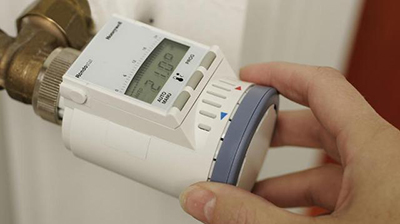
Allows you to regulate the volume of coolant entering the radiator in manual mode. This equipment is inexpensive and is a practical solution for its price.
The disadvantages include the fact that on the valve there is no scale temperature, so its position has to be selected empirically.
Frequent manipulations with the valve sooner or later lead to failure of the protective cap devices.
Auto
This is a more modern and convenient solution for private houses and apartments. The thermostat design consists of from two functional units:
- bellows;
- valve.
The thermostatic element, also called a bellows, is made in the form of a cylinder with corrugated walls and is filled with liquid, gas or solid. When in the room it's getting warmer, the work environment is expanding, and the pressure indicator in the bellows increases.
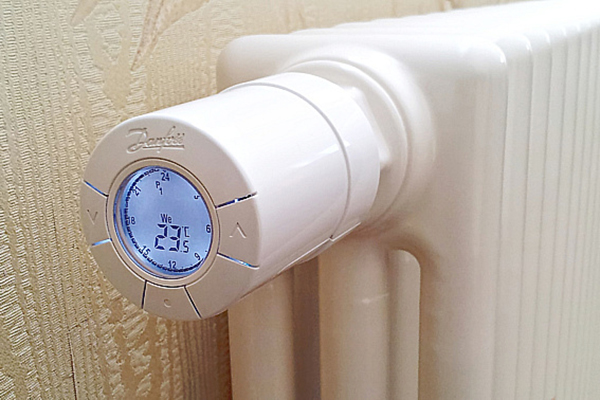
Photo 1. Automatic thermostat on a radiator with a cylindrical bellows, equipped with a display with indicators.
The bellows sets in motion the rod to which the valve is attached, the latter partially blocks the pipe, reducing the amount of incoming coolant. If in the room it's getting cooler, the liquid or gas in the thermostat is compressed, and the rod returns to its original positionAs a result, the valve opens, the flow of coolant increases, and the radiator heats up, increasing the temperature in the room.
Important! The device is characterized by significant margin of safety. Thermal heads are designed for several hundred thousand expansion-compression cycles, so they serve without breakdowns. up to a hundred years.
The optimal solution is to install thermostats in those rooms where temperature fluctuations are frequent: in rooms with windows facing south, kitchens. In two-story cottages, the presence of an automatic regulator most justified on the second floor, where warm air masses rise.
Types of thermostats for radiators
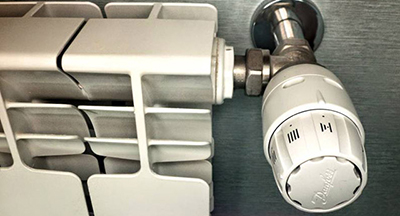
The working environment that fills the thermostatic element can be of several types:
- liquid (oil or alcohol);
- solid matter (stearin, paraffin, ozokerite);
- liquefied gas.
Devices with a solid bellows filler are characterized by a long response time, which is up to 40 minutes. The advantages are the reliability of the design and its low cost.
Liquid
Compared to solid-state devices, liquid devices provide more precise and faster adjustment temperatures: response speed is approximately 25 minutes. Experts say that in this indicator they are inferior to gas-filled devices, but they react more subtly to changes in bellows pressure.
Reference! Due to the complexity of manufacturing gas-filled relays, liquid devices are the most common variety.
Gas filled
The main advantage of this type of mechanism is minimum response time to temperature changes external environment. This is explained by the design principle. The bellows chamber is located at a large distance from the body of the product, so it is not affected by the temperature of the walls of the thermostat. This ensures increased accuracy, sensitivity and speed devices.

Photo 2. On the radiator there is a gas-filled mechanical temperature regulator with a built-in sensor, transmitting data with increased accuracy.
According to their design, thermostats are divided into: two types:
- with built-in temperature sensor;
- with remote sensor.
The first design is always installed horizontally, which ensures air circulation around the device and prevents the influence of heat from the radiator and pipe.
Remote temperature sensors are used in the following cases:
- the radiator is located behind thick curtains;
- battery depth more than 16 cm;
- the distance from the window sill to the thermostat is less than 10 cm or more than 22 cm;
- The radiator is installed in a niche.
Attention! In the above situations, there is a possibility of a large error in the built-in temperature sensor, so the following are used: remote devices.
Features of selection
When choosing between devices with liquid or gas filler, the optimal solution would be gas regulator.
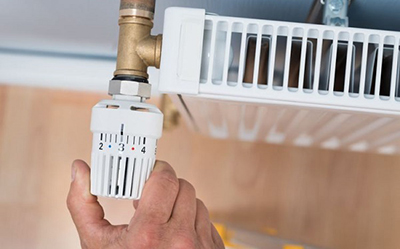
It is more accurate and responds faster to temperature changes, which allows you to increase the comfort of staying in the room.
If your budget allows, you can purchase electronic regulator. Its operating principle is as follows: when the temperature changes, the sensor sends a signal to the microprocessor, after which the valve is triggered.
It will cost more, but will provide several additional benefits:
- There is a possibility program the device to the desired temperature throughout the day or week.
- Devices with built-in Wi-Fi can be controlled remotely using a smartphone or car navigator.
- It is possible to set the device to the minimum temperature level., so that the coolant does not freeze in the system. This is a very convenient option for those cases when all the residents go on vacation.
Useful video
A video review comparing two types of heating thermostats: ball and automatic.
Conclusion
Whatever type of thermostat you choose, installing it will allow you to save significantly on your heating bills and make repairing the system a simpler undertaking. It is worth noting that every year new models of devices appear. But this does not mean that the thermostat needs to be changed annually: Old models also perform their functions perfectly and last a long time without breakdowns.






